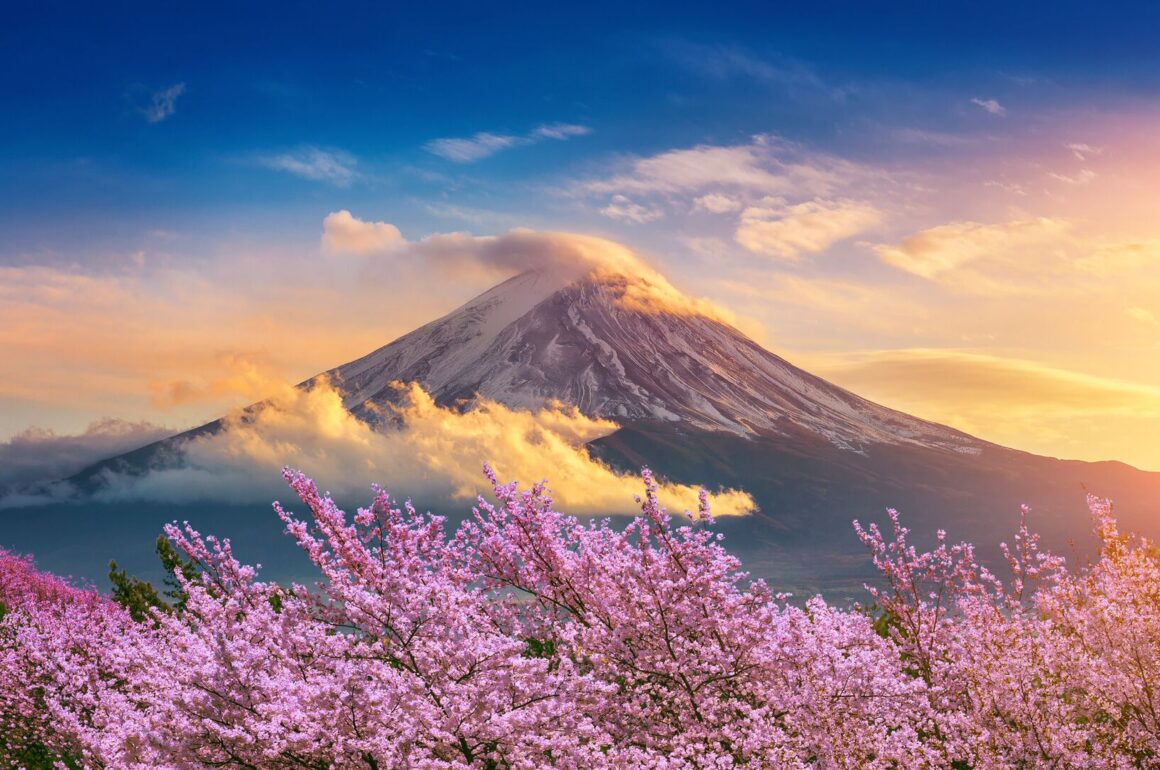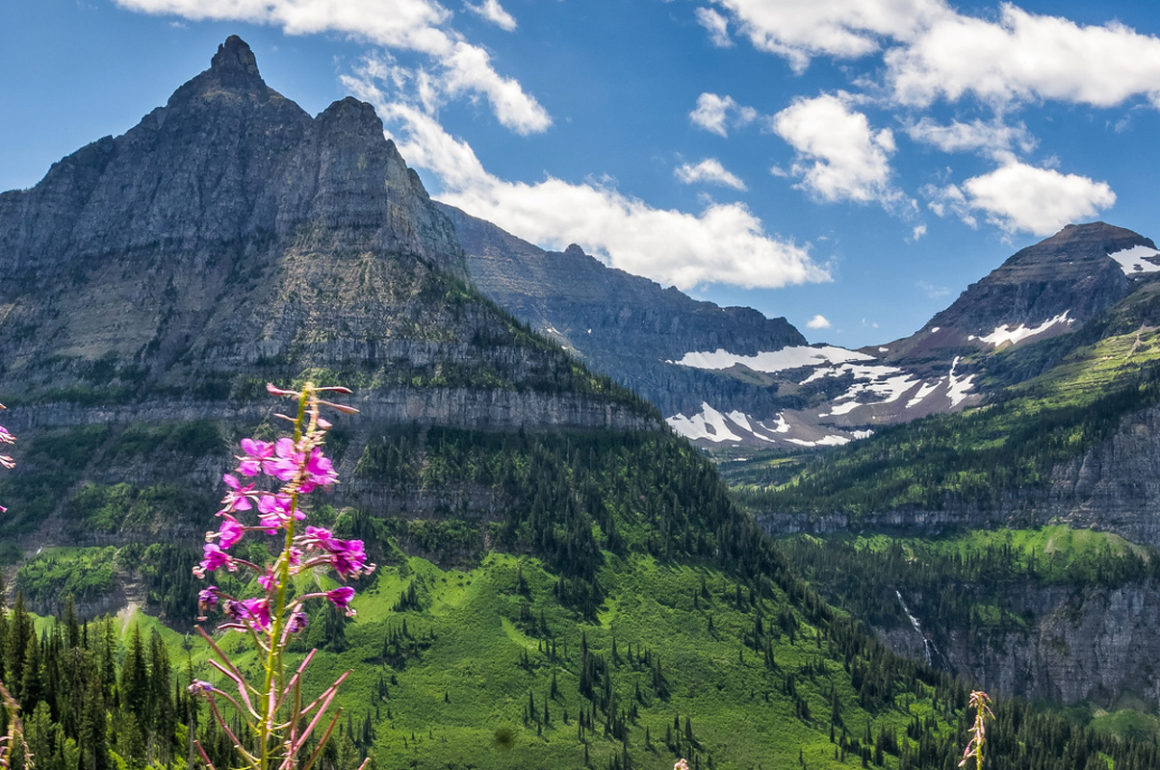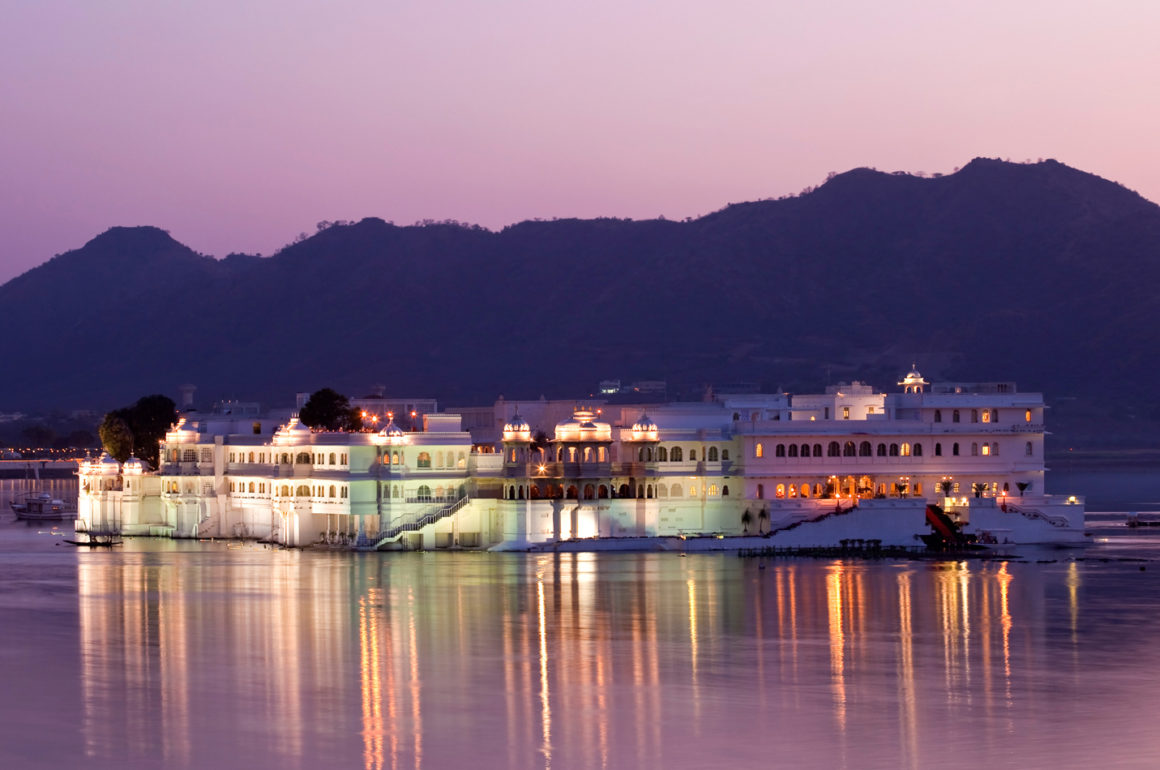A sea of pink, so dense you cannot see the sky. Japanese cherry blossom is a mesmerizing sight. The significance of cherry trees goes back centuries in Japanese culture. Known as ‘sakura’ the pink flowers symbolize how short and precious life is.
Travel with us on our Majestic Japan tour and have the privileged opportunity to meet with a specialized Cherry Blossom Doctor. In the beautiful setting of Hirosaki Castle in Amouri, you will learn how they take meticulous care to nurture the cherry blossom trees. This ensures that each and every one is healthy and thriving during the blossom season each April.
Discover this on: Majestic Japan
The symbolism of Japanese cherry blossom
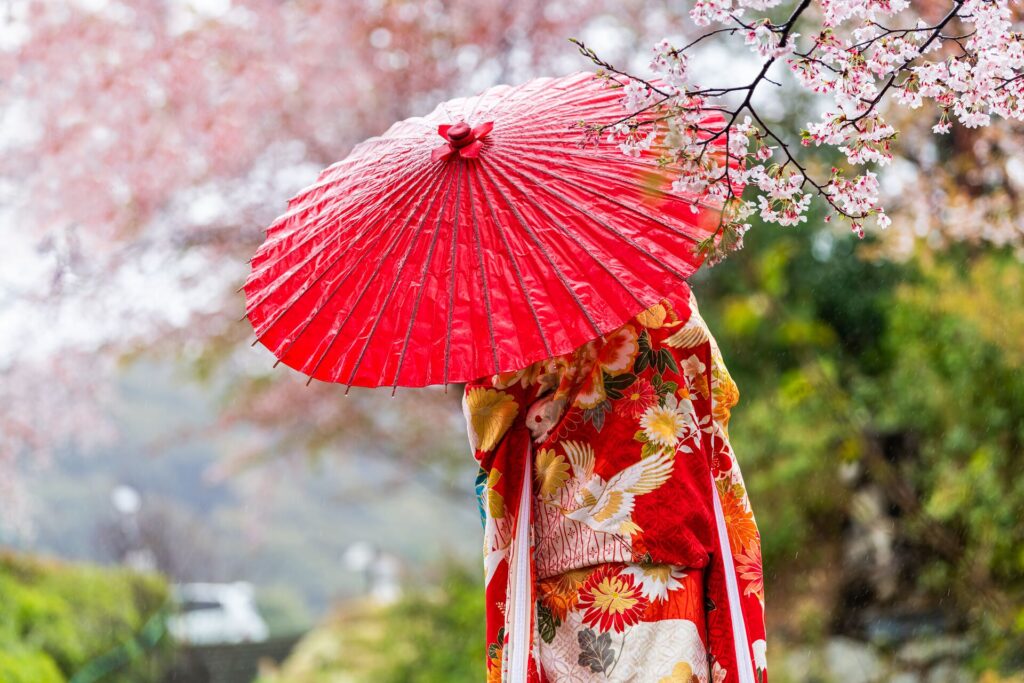
As well as their beauty, the cherry blossoms hold great symbolism for the Japanese. Said to be like the clouds, as they bloom all together and sit at the top of the trees. Then, like clouds, they suddenly disappear. This has come to symbolize ‘ephemerality or transient nature of life.’ Reflecting a longstanding of Buddhist concept in Japanese culture known as ‘mono no aware,’ or roughly, ‘the pathos of things,’ which recognizes both the beauty and mortality inherent in life.
For travel inspiration: Japan destination guide
Japan’s cherry blossom obsession
If you travel to Japan in the springtime, you will be swept up in the changes to the atmosphere and landscapes. Promises of new life and new beginnings mix with soft scents as plants and flowers burst into life. Japanese cherry blossoms take pride of place, a source of conversation as people become entranced by the trees. It is not uncommon to see people taking their time to photograph the blooms from every angle.
Shops and stores fill with pink products in celebration, and the Starbucks Sakura tree-themed drinks are in everyone’s clutches. Cherry blossom festivals are held in many parks and castle grounds across Japan. And the Japanese cherry blossom flower is seen on everything from wall paper to clothing.
Read more: A journey of a lifetime: unearthing Majestic Japan, with Luxury Gold
The cherry blossom doctors
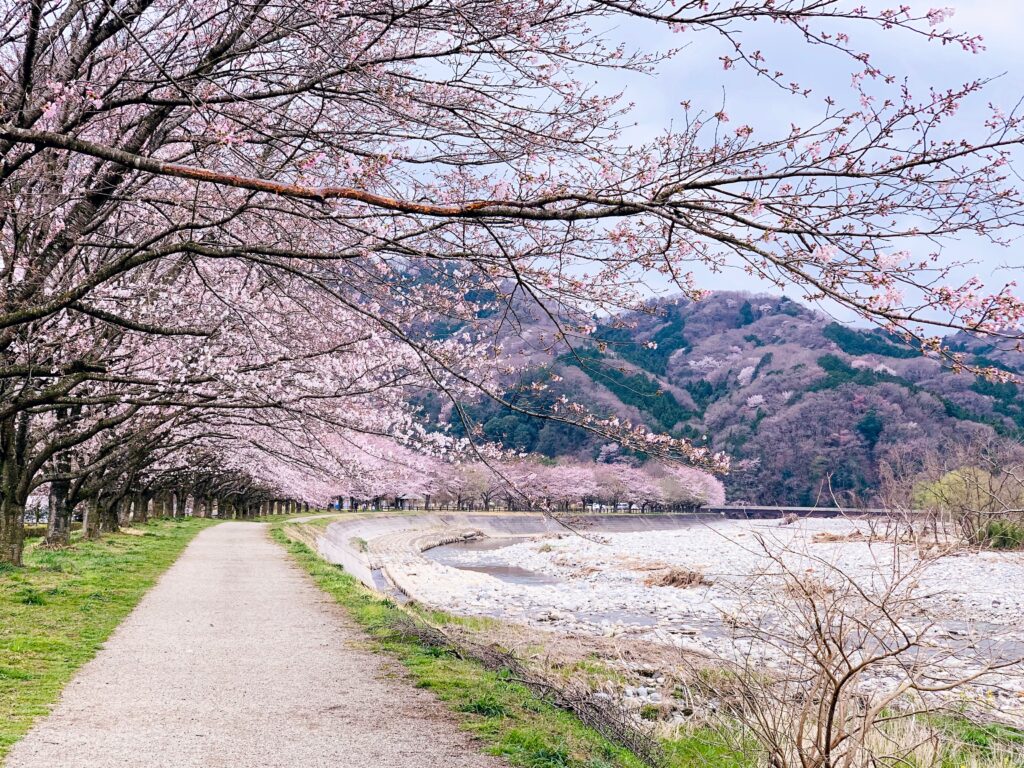
Tree doctors, or arborists, are the specialists that keep the Japanese cherry trees healthy all year round. They’re able to diagnose the condition of a tree just by looking at the color of its leaves and branches or listening to the sound of the trunk. Throughout the year they take care of these precious trees, both to guarantee the most magnificent blossoms, and the ensure they can survive for further decades.
In Hirosaki, where Luxury Gold guests will meet a cherry blossom doctor, these guardians are known as the known as the sakuramori. Sakuramori literally means “people who look after sakura” in Japanese.
Most of Hirosaki Park’s cherry blossoms are the variety called ‘Somei Yoshino’ which live around 60 years. But Hirosaki also has trees that are over 100 years old and still blossom profusely. The oldest cherry blossom tree in Japan is over 2,000 years old. Called ‘Jindai Zakura’, it grows within the grounds of the Jissoji Temple in Yamanashi, with a root circumference of 13.5m.
Read more: Sakura: The story of an obsession
Preserving the green spaces in Japan
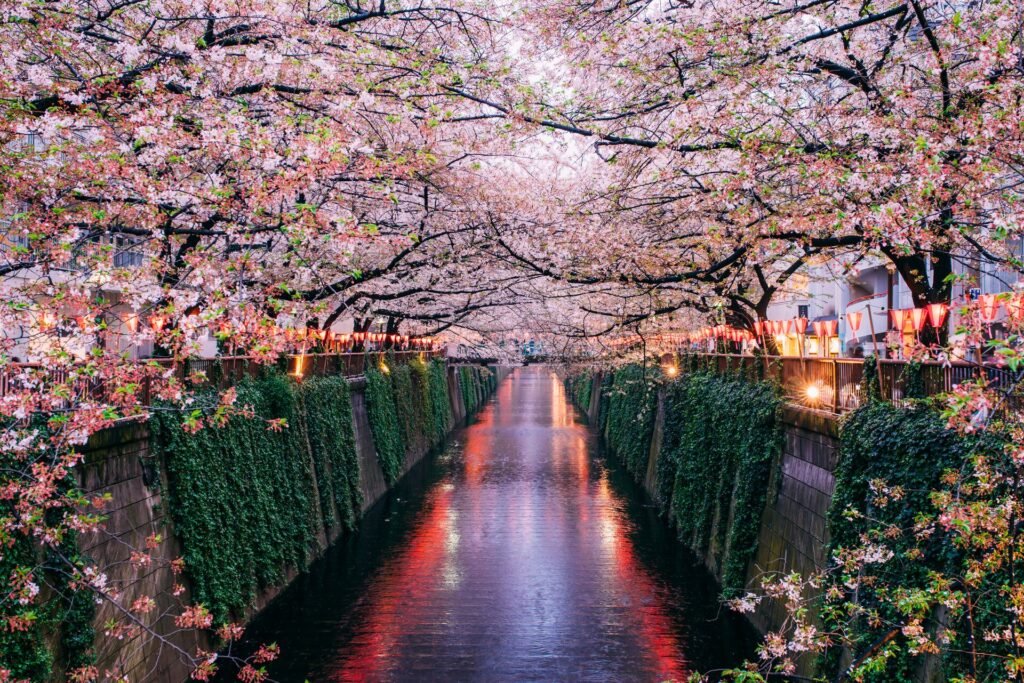
Whilst the volume of green areas in Japan’s cities has generally increased over the last two decades, in many places it is becoming more difficult for trees to grow healthy and strong. This is because of new diseases and pests. Urban forests are important to clean air, reduce flood risks and even lower stress, which is why the Japanese cherry blossom doctors are vital for keeping Japan’s cities green.
The tree doctors are highly skilled in trimming any branches that appear sick or are preventing other branches from growing. They also keep an eye out for mushrooms as these rot the branch from the inside, meaning the branch is more likely to fall.
Hirosaki Style Management
Hirosaki style management was first introduced in the 1960’s. The way sakuramoris take care of sakura trees originated from the highly successful pruning methods used by Hirosaki’s apple farmers. Local farmers grew apples on the lower part of the trees to facilitate harvest, and this technique has proved useful for managing sakura today.
Sakuramoris first thin the branches to allow new branches to grow. After pruning and fertilization, sakura flowers can then blossom from the lower part of the tree. This is why, compared to the average Somei Yoshino, each bud in Hirosaki Park can develop one to two more flowers. When cherry blossom season arrives, after a winter of loving care the flowers are simply spectacular.
Related content: The world’s friendliest cities
Hirosaki Castle and park
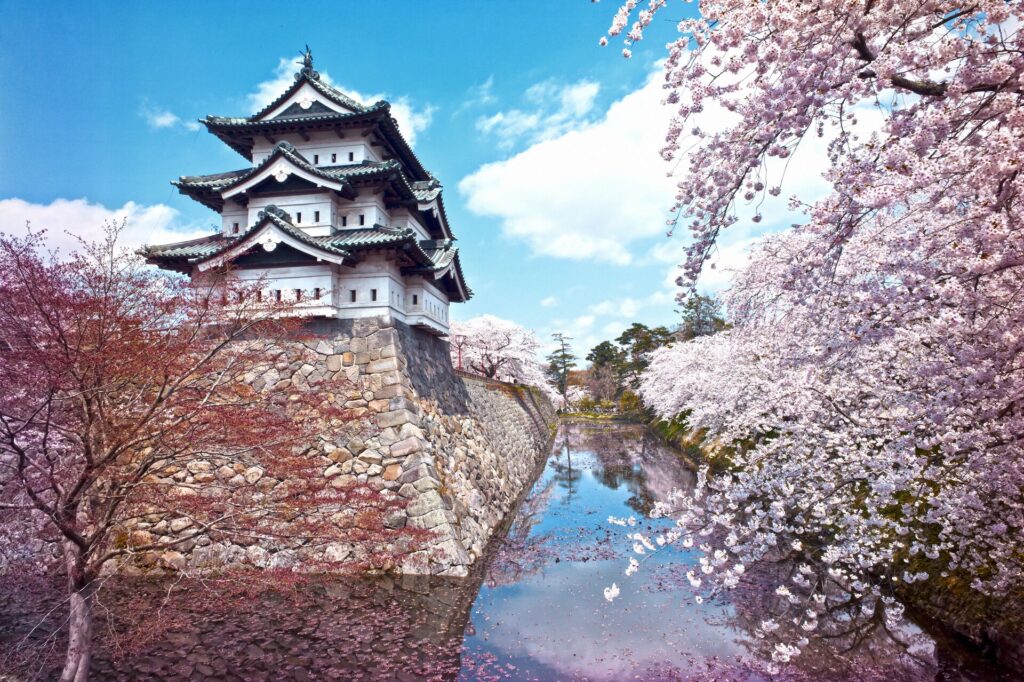
The most stunning setting, Hirosaki city is an old castle town in Aomori, Japan. Beautiful any time of year, its vast park is home to Hirosaki Castle. Widely considered as one of Japan’s most beautiful castles, Hirosaki Castle is the symbol of the park. It is one of the few Japanese castles that has been preserved in its original structure.
Constructed in the Hirayama style, the main tower was built on top of a hill for easier defense and surrounded by defensive walls, moats, and yagura towers. The park surrounding the castle is filled with cherry trees, and when spring arrives in late April the cherry blossom festival always draws huge crowds. The park has about 50 varieties of Sakura tree, with over 2600 trees overall.
Related content: From London to Tokyo: Where to sample the world’s best street food
To have the opportunity to meet a Japanese cherry blossom doctor for yourself, and to explore the best of this enchanting country, take a look at our Majestic Japan luxury guided tour. Discover and elegant, enchanting and ever-changing Japan, with exceptional hotels and exquisite dining bookending each unforgettable day.



